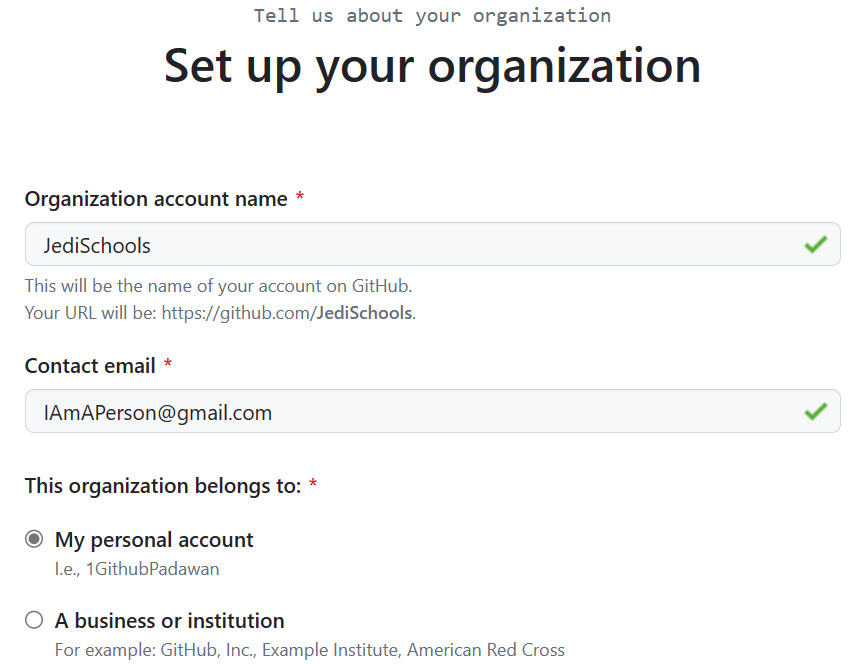An Overview of GitHub and GitHub Actions
Welcome to Mastering GitHub Actions! In this book, we aim to guide you through harnessing the full potential of GitHub Actions in a professional team and enterprise environment. Whether you are a seasoned developer, DevOps engineer, or team lead, this book will provide practical knowledge, real-world examples, and advanced techniques to streamline your software development life cycle using GitHub Actions. By the end of this journey, you will have gained valuable insights and hands-on experience in designing, implementing, and optimizing sophisticated CI/CD pipelines and automation workflows for your organization, and will have taken a peek into GitHub Apps.
In this chapter, after a quick introduction to GitHub, the action runners, and the accounts available, we’ll create an account and work through the required repositories. Also...



